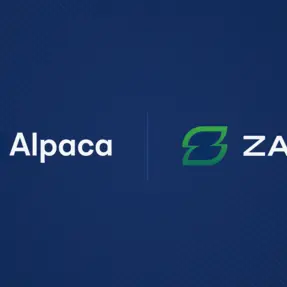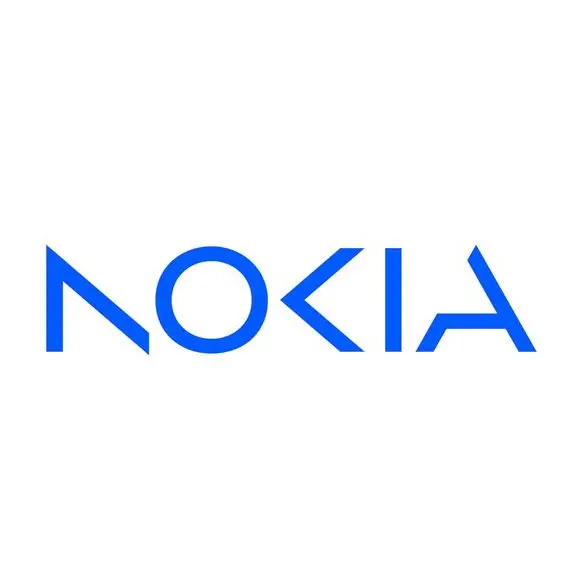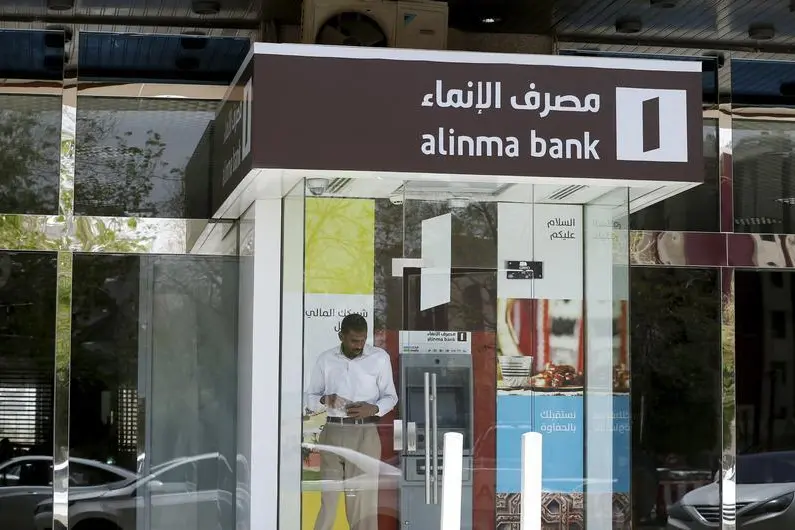Dubai, United Arab Emirates - 18 October 2004 - Saab's 'Real-Life Safety' philosophy earned the Saab 9‑3 Sport Sedan a "Double Best Pick" designation from the Insurance Institute for Highway Safety (IIHS) in the United States - the first passenger car ever to achieve this distinction.
Following the most recent series of 31-mph side-impact crash tests, the 2004 Saab 9-3 Sport Sedan earned a "Best Pick - Side" honor. This rating is in addition to last year's 40-mph frontal offset crash tests in which the 2003 Saab 9-3 Sport Sedan earned the Institute's "Best Pick - Frontal" ranking.
"We are extremely pleased with the IIHS 'Double Best Pick' designation for the Saab 9-3," said Fadi Ghosn, Regional Marketing Manager for Premium Brands, General Motors. "In both the frontal and side-impact tests, the car's various safety systems performed as designed to help reduce the risk of injury.
"This is especially gratifying as, while a total of eight mid-size cars were crashed in the latest round of IIHS side-impact testing, the Saab 9-3 is the only mid-size car ever to earn a "Best Pick" in the test. It is also important to note that this result was achieved with standard equipment only."
Saab 9-3 Sport Sedan Puts Safety First
Among the Saab 9-3 Sport Sedan's standard safety features are adaptive, dual-stage front airbags, side-impact airbags engineered into the front seats, seat belts featuring crash pre-tensioners and load limiters, and Saab's "second generation" Saab Active Head Restraint (SAHR 2). In the event of a rear-end collision, the award-winning SAHR system is designed to limit the head movement of the occupant during the impact, helping to reduce the risk of whiplash injuries.
In addition to the seat-mounted side-impact airbags, the Saab 9-3 Sport Sedan also features side-curtain airbags that deploy from the ceiling, offering protection to front and rear occupants. The side-curtain airbags are activated in side impacts and also in severe frontal impacts, when stage two activation of the front airbags is deployed. The side-curtain airbags remain inflated for up to three seconds in order to help prevent a passenger's head from striking the side windows, roof pillars or exterior objects during the course of an impact sequence. This added protection is especially effective during an offset frontal crash, as the IIHS test duplicates, when the vehicle rotates after the collision.
How to Pick a "Best Pick"
The IIHS rates vehicles on how well they protect occupants in front and side crashes, assigning each vehicle a rating of good, acceptable, marginal, or poor. The better performers among the good vehicles in each test are designated "Best Picks," while vehicles that earn "Best Pick" titles in both tests are "Double Best Picks."
In the Institute's side-impact test, a moving deformable barrier strikes the vehicle's driver side at 31 mph. The 3,300-lb. barrier is shaped to simulate the front of a typical pickup or SUV. Each side-struck vehicle contains two instrumented dummies with the size of a short (5th percentile) female. One crash-test dummy is positioned in the driver's seat, and one is in the rear seat behind the driver.
In the IIHS frontal offset test, a vehicle strikes a deformable barrier at 40 mph. The vehicle is offset so that only 40 percent of the front end strikes the barrier on the driver's side. Injury measures are taken from a dummy representing an average-size male (50th percentile) positioned in the driver's seat.
As a further affirmation of Saab's safety achievements, the 2003 Saab 9-3 Sport Sedan, 2004 9-3 Convertible and 2003 Saab 9-5 have each earned five stars, the highest rating possible, in the European New Car Assessment Program's (EuroNCAP) frontal and side-impact crash tests. EuroNCAP, Europe's leading crash-test agency, conducts tests on European model variants using three types of collisions: a frontal offset barrier impact and two different kinds of side impacts. The test results are then evaluated according to a large number of parameters relating to driver and passenger safety.
Saab's work in crash impact protection will continue to be based on a 'Real-Life Safety' strategy, dedicated to developing vehicles that provide safety in real-world crashes.
-Ends-
About Saab
Saab is a division of General Motors Corporation, the world's largest vehicle manufacturer. Founded in 1937 in Sweden, the Saab brand was bought out in full by GM in 2000 and today markets and sells cars to more than 60 countries around the world. Saab has long been a trusted manufacturer of vehicles that seamlessly combine high performance, first class safety, distinctive design and state-of-the art technology.
The models sold in the Middle East by Saab today - the Saab 9-3 sedan and convertible and the Saab 9-5 sedan and wagon - provide a very special driving experience, combining turbocharged power, total safety and sophisticated design. Saab continues to expand its portfolio, developing state-of-the-art concept cars such as the no-compromise Saab 9-3x all-wheel drive sports car, the comprehensive Saab 9x and the progressive Saab 9-3 Sports Hatch, each providing a tantalising glimpse of the future of the Saab driving experience.
More information on EuroNCAP testing program can be found at www.euroncap.com. IIHS crash-test results can be found at www.iihs.org.
For more information:
Saada Hammad Paul Venn
Communications and Public Relations Manager Account Director
General Motors Middle East Hill & Knowlton
Tel Dubai (009714) 3143350 Tel (009714) 3344930
e-mail saada.hammad@gm.com paul.venn@hillandknowlton.com
© Press Release 2004



















